Blake.Oney
TPF Noob!
- Joined
- Aug 26, 2010
- Messages
- 566
- Reaction score
- 5
- Location
- Olive Hill, Ky
- Can others edit my Photos
- Photos OK to edit
I was reading the thread about giving RAW files away and a couple of you mentioned that you give customers JPEG files in case they want to have their own prints made up. Whenever I order, or make prints I usually use TIFF. I know there is a difference in the two, but my question is, does it really matter whether you use a large JPEG or a TIFF when you do prints? And which would you use if it were you doing the prints, and not giving them for the customer to do their own?


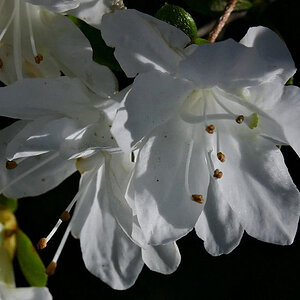
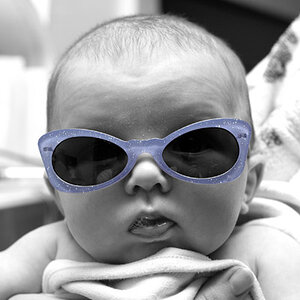
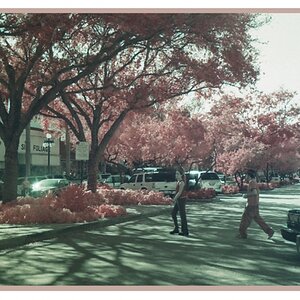
![[No title]](/data/xfmg/thumbnail/40/40312-7470c3c8f9e3a40e6b44c423096f188d.jpg?1619739414)
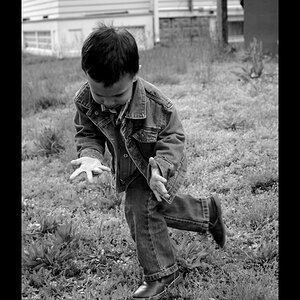

![[No title]](/data/xfmg/thumbnail/42/42463-03457f0869c7510e6fb947b21de31aba.jpg?1619740192)
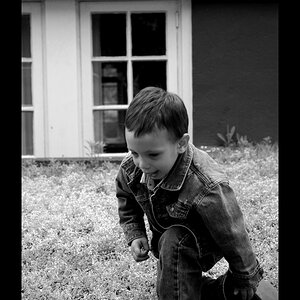
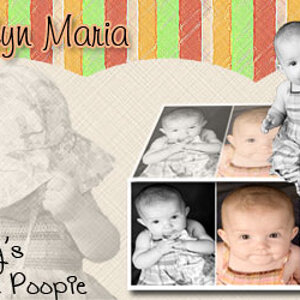
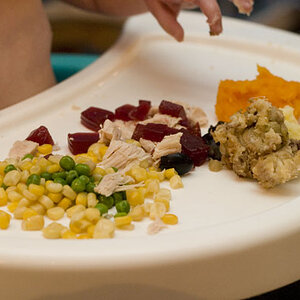
![[No title]](/data/xfmg/thumbnail/41/41799-fe172a668fba7717bf773664387d64aa.jpg?1619739897)
